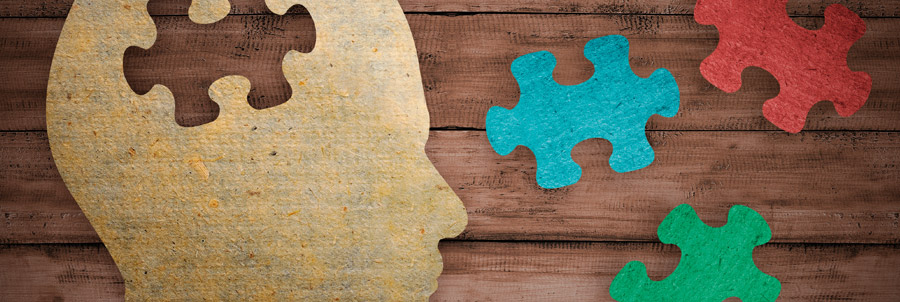
What is Mindfulness?
Mindfulness is a helpful technique, but it is perhaps more than this, or most easily understood as an attitude or ‘way of being’. The technique developed from traditional Buddhist practises and has been developed and promoted in Western cultures by practitioners such as Jon Kabat-Zinn. Practising mindfulness involves ‘being fully in the moment’ – paying full attention to the activity at hand or participating in a specific mindful activity (such as a meditation, breathing exercises, or even a mindful walk) but there are important elements we need to consider, and these are often referred to as the ‘whats’ and ‘hows’ of mindfulness.
Being mindful, the person will adopt certain attitudes of being actively involved, being aware of and paying attention to what is happening and what they are doing. Even these steps demonstrate how mindfulness could be useful in our everyday lives, for example mindfully eating – focusing on the food, how it tastes, how it smells and looks, enjoying each bite and noticing how full or hungry we are. This way of eating would ensure we appreciated the food and only ate what we really wanted or needed rather than the quickly chewing a snack as we race between appointments or eating a large bag of crisps in front of the tv without noticing.
Another principle is ‘one thing at a time’ and again the benefits of this are easy to see – the impact on relationships when we concentrate solely on the conversation with a person rather than vaguely listening whilst distracted with competing interesting activities or demands on our time.
My favorite however is the non-judgmental requirement, so noticing and describing what’s happening or how we are feeling without judgment. Here we can see how mindfulness may be useful not just for our functioning but also for our health and wellbeing. For example, ‘I can feel my heart beating fast, I feel nauseous and really worried about getting this done’, without any of the judgemental ‘why can’t I manage? Other people would have finished this now…. I’m so silly for being anxious about this….’
It’s important to note that the acceptance that comes with being mindful or practising mindfulness does not mean that we don’t care about the situation or our performance, but by escaping the traps we can fall into with thoughts and judgments we open up our minds for solutions. Which comes to two more important components of mindfulness: The first is to do this compassionately, with kindness towards yourself and others. The second is to use these skills and observations to recognize and separate thoughts from facts. This kind, in the moment approach means we can escape worries about the future and ruminations about the past.
What is Mindfulness used for?
There is a clear appeal of Mindfulness and it has been used to help people with conditions including depression (most helpful with recurrent depressive disorder), anxiety, weight problems, and substance use. It would appear to be a helpful practice for maintaining one’s mental good health and building wellbeing too, and has been used in schools, prisons and workplaces. The available evidence may still be catching up with the enthusiasm around mindfulness, but it is specifically recommended in the NICE guidelines for helping people who have experienced 3 or more episodes of depression in the past.
How can I practice Mindfulness?
Trained mental health professionals will be able to support you in developing mindfulness skills but there are many opportunities to practice and build up skills. For example, taking a shower – concentrate on the showering and the washing, listen to the noise of the water, feel the warmth (or coldness!), enjoy the feel of bubbles or shower gel. And when you begin to worry about the day ahead, or fret about the unfortunate comment you made yesterday, gently bring yourself back to the moment. There are also many useful meditations or relaxation exercises, such as body scanning that may be helpful (click here for 3 FREE methods.)


